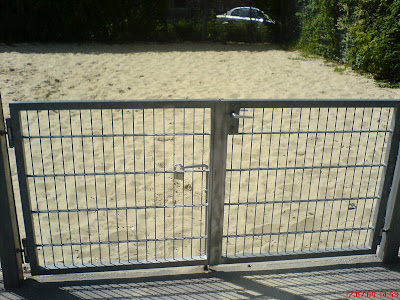Thanks to Norb, who mailed me the link to an interesting entry on Bruce Schneier's blog. With the permission from ABruce Schneier we will present you his pictures from some keypads.
Can you guess the right combination?
What about this one?
In the first picture the numbers are 1-6-8-9. Of course, someone could try out every combination, but there are combinations that are more likely than others. Perhaps you have guessed them already, the most common ones would be 1986 or 1968, perhaps depending on the age of the admin or the company. :) The second one is easier and the most likely combination is 1234.
There are also some very interesting comments to the blog entry. One user said, that on some keypads you don't have to try out all the possible combinations. Just press all four numbers at the same time. After pressing a few times within a short interval the keypad will get confused and will think that the correct combination was given.
Another user states that most of the locks just check the last four numbers. Therefore, by pressing the combination 123412314231243121342132413214321 an attacker would just need to press 33 times instead of 96.













